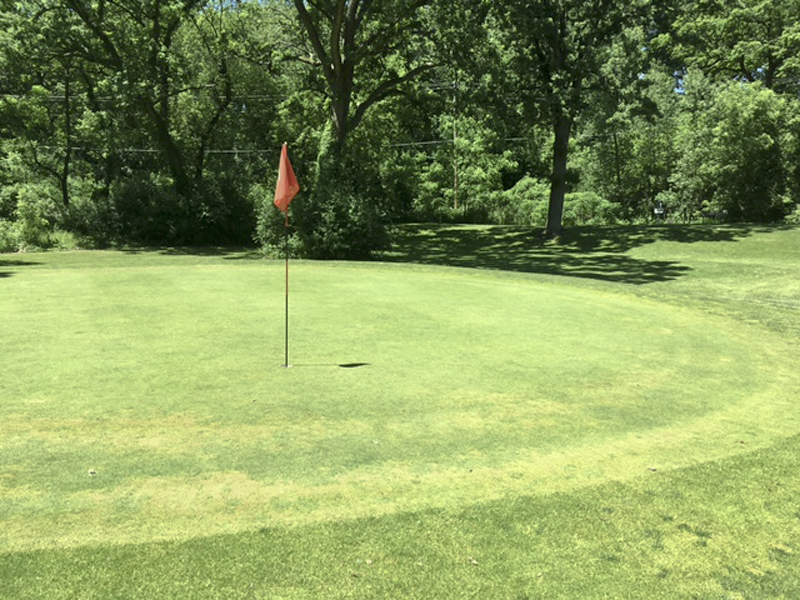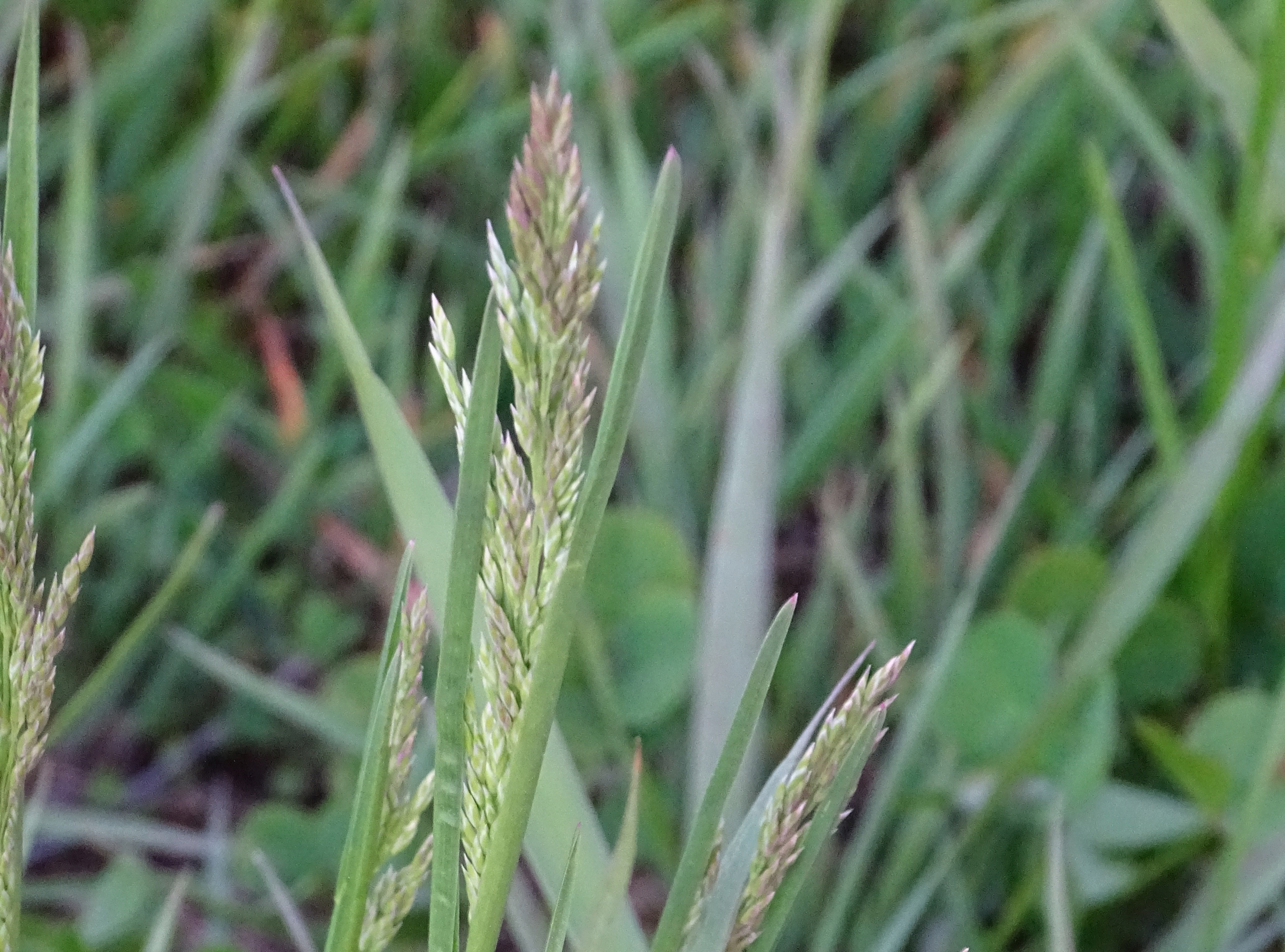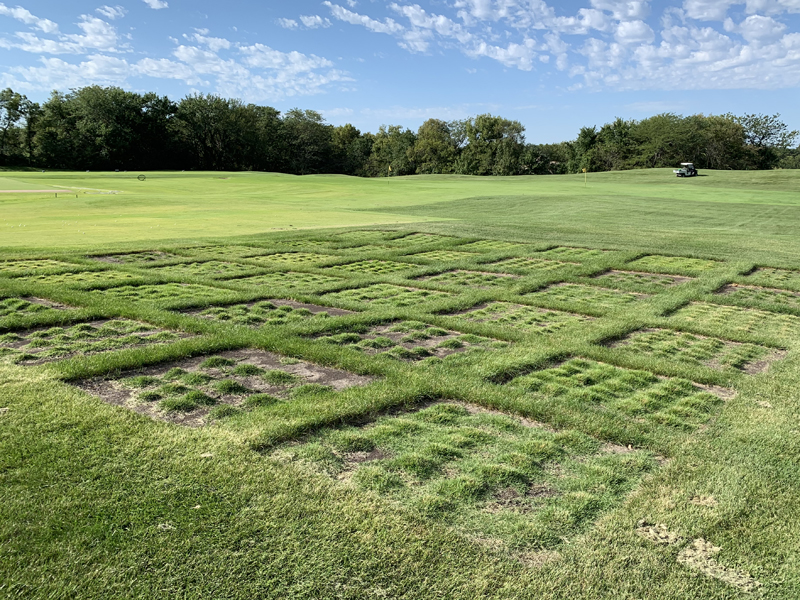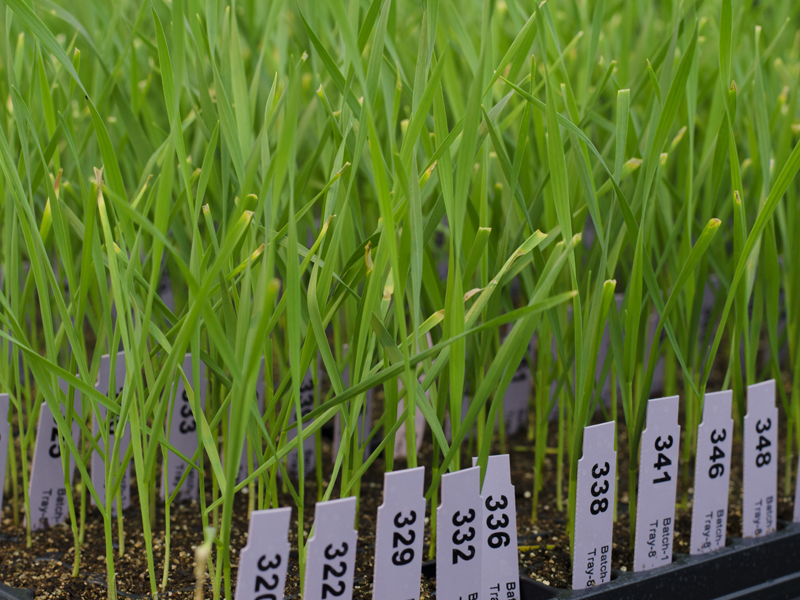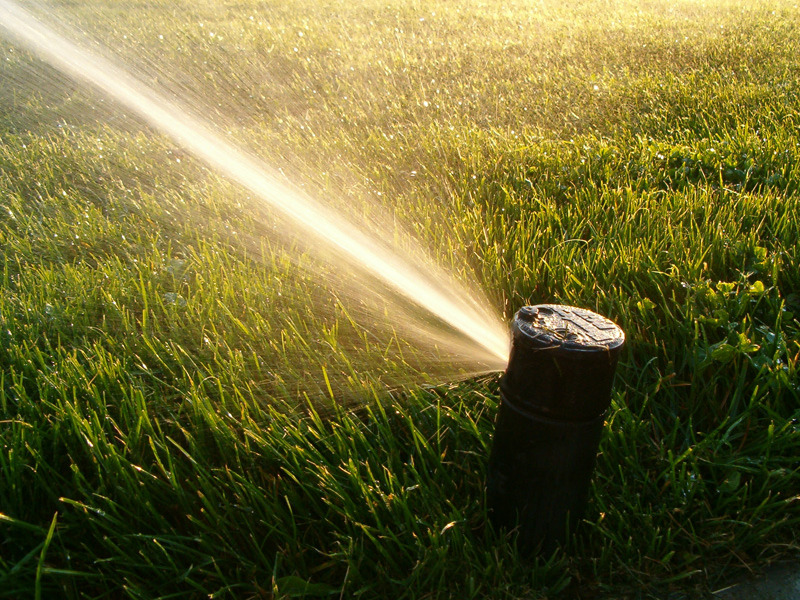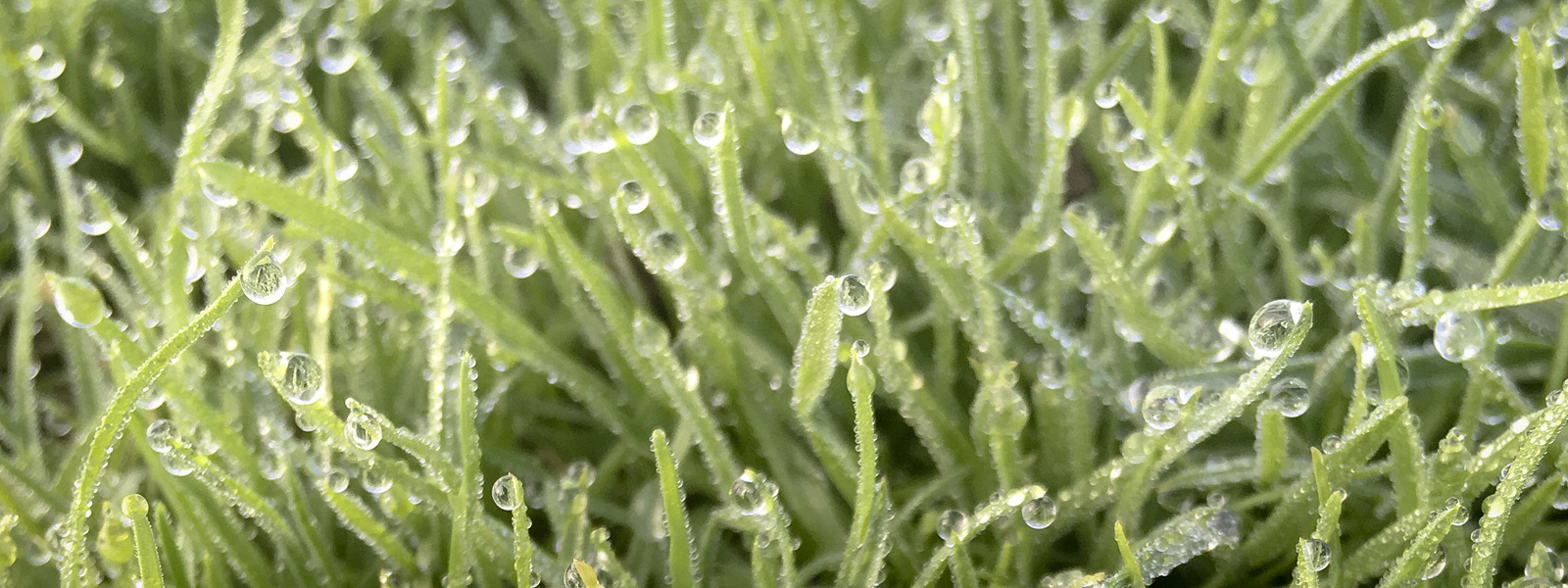
Turfgrass Science
What is turfgrass science?
Turfgrass is what most people call grass or lawn. It’s what you find in your yard, school playground, and sports fields. (For more on other grasses, see the Grazing & Forage section.)
Turfgrass scientists work to improve the quality and sustainability of turfgrass systems. Why? The majority–80%–of the U.S. population lives in urban areas. The green spaces these city dwellers experience usually have turf for both landscape and recreational purposes. Turfgrasses are vital for improving the quality of life for people living in urban communities.
How does this affect me?
Turfgrasses provide many valuable services in the urban environment. They provide islands of green space for visual enjoyment and recreation. They allow people to stay physically fit and participate in a range of sporting activities. Turfgrasses also protect urban soils from erosion. They help filter common pollutants associated with high population densities, like hydrocarbons (for example, gas and oil from cars) from the air and water. Turfgrasses also provide a cooling effect in urban environments; grassy areas are much cooler than blacktop! (Read more here, or in our blog.)
Current challenges
Many types of crop scientists do research and education in turfgrass science. Grasses experience wear and tear. They experience stresses like heat and drought stress. Plant breeders look for varieties that have persistence against these effects. Plant physiologists study how grasses respond to these stresses. Soil scientists work to design best management practices for grasses. These include improved drainage, the durability of the turf under traffic, and fertilization strategies. Weed scientists, plant pathologists, and entomologists are developing new and innovative strategies to combat the incidence and severity of turfgrass pests.
What advances have we seen in turfgrass science?
Turfgrass scientists have worked for decades to improve the form and function of these plants. Some of the biggest contributions have come from plant exploration and plant breeding efforts. Major improvements have been made in the aesthetics, durability, and sustainability of modern turfgrass systems. Modern grasses need less water, fertilizer, and pesticides. This has reduced the environmental impacts of turfgrass management.
Future opportunities
The most important challenge facing turfgrass systems is the use of water. Demands for water resources by humans and industry in urban areas is critically high. Watering grasses and landscapes is often viewed as a low priority. Scientists need to continue to develop turfgrasses that can survive and thrive on limited or no additional water resources. Technology will help us efficiently manage irrigation systems. Turfgrass may also tolerate water not suited for human consumption, so we can use resources wisely (read more here, and here). Making sure turfgrasses are managed with the least amount of water and the minimum amount of other resources is key.

